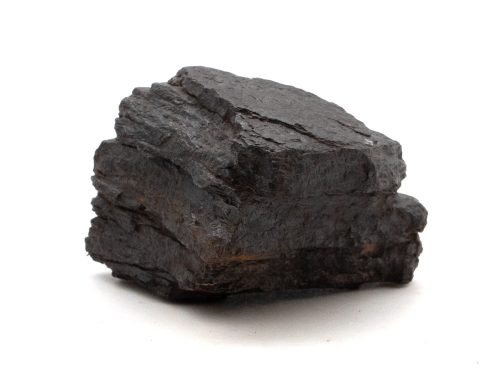Canyon Diablo
Iron IAB-MG, Found in United States, 1891
Meteor Crater is the most recognizable and best-known meteorite feature on Earth and is visited by many thousands of tourists annually. Recent studies estimate its age at 61,000 years.
It was also the first proven meteorite crater. Geologist, miner, entrepreneur, and visionary Daniel Barringer was convinced the feature was a meteorite crater, defying the popular opinion of so-called experts at the time. Barringer spent a fortune searching for what he believe to be a giant meteorite buried under the crater. He was right about the crater, but wrong about the meteorite. We now know that the mass fragmented and part of it vaporized upon impact. But Barringer’s insight and determination gave him an honored place in meteorite history and the site is still sometimes referred to as Barringer Crater.
Another key figure in space rock history, innovative meteoriticist H.H. Nininger, conducted many years of important research at the site and also opened the world’s first private meteorite museum alongside nearby Route 66. Meteor Crater was studied by legendary geologist Gene Shoemaker and some of the NASA Apollo astronauts were trained there prior to their moon missions.
Canyon Diablo is a steep-sided ravine some distance west of the crater and meteorites found around the crater take their name from it (the convention being that meteorites are named after the nearest town or geographical feature to their fall location and they could hardly be named after the crater that they, themselves, formed). Meteor Crater is internationally recognized as a scientific site of unique importance and meteorite collecting there is no longer permitted. Older specimens that were found during the first half of the 19th century, or earlier, when collecting was still allowed are, therefore, highly desirable.
Showing all 15 results
-
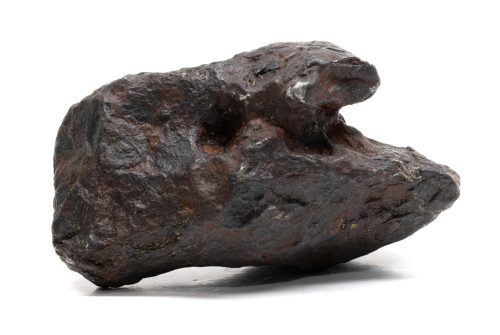
Canyon Diablo 153.9g
$305.00 Add to cart -

Canyon Diablo 2,096.0g
$5,795.00 Add to cart -
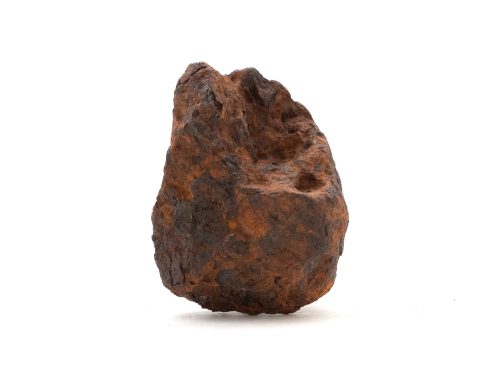
Canyon Diablo 256.2g
$512.00 Add to cart -
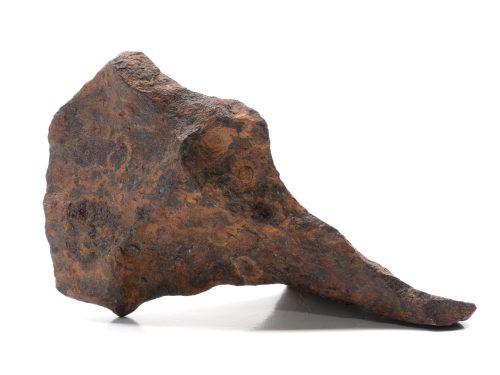
Canyon Diablo 267.3g
$599.00 Add to cart -
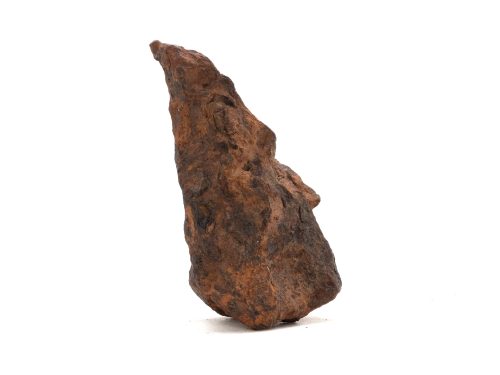
Canyon Diablo 292.9g
$598.00 Add to cart -
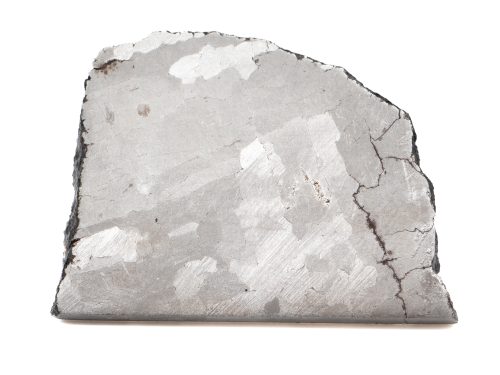
Canyon Diablo 30.2g
$121.00 Add to cart -
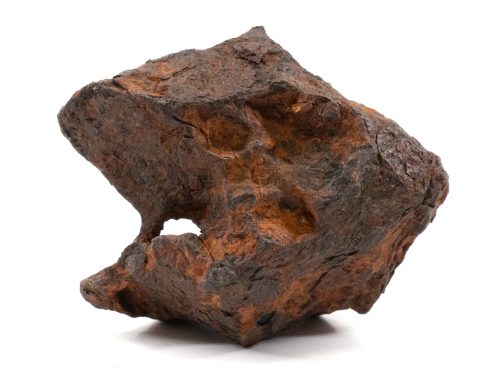
Canyon Diablo 304.2g
$1,750.00 Add to cart -

Canyon Diablo 391.9g
$738.00 Add to cart -
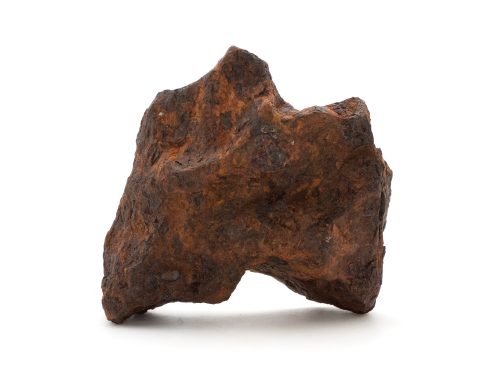
Canyon Diablo 478.9g
$957.00 Add to cart -

Canyon Diablo 53.6g
$134.00 Add to cart -
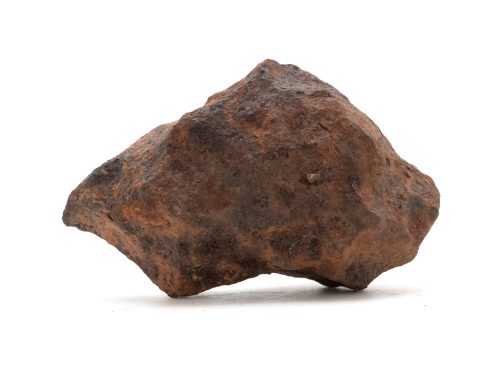
Canyon Diablo 536.1g
$1,070.00 Add to cart -

Canyon Diablo 614.9g
$1,380.00 Add to cart -
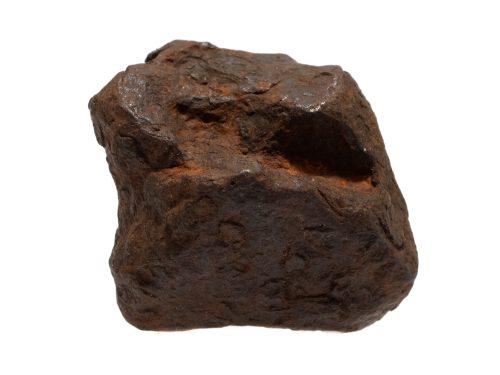
Canyon Diablo 63.0g
$158.00 Add to cart -
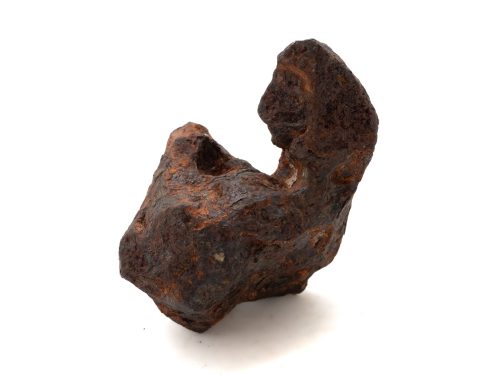
Canyon Diablo 875.2g
$1,750.00 Add to cart
